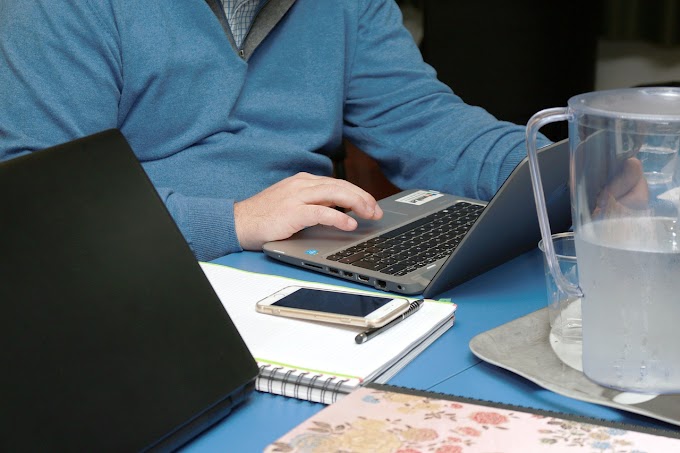Various treatment measures can be taken to treat joint pain, one of which is using diclofenac sodium. Available in various forms, ranging from gels, ointments, patches or patches, eye drops, or tablets, this drug is commonly used to treat joint pain due to rheumatism.
Behind the benefits of diclofenac sodium for joint pain, the use of this drug has the potential to trigger serious health problems. Therefore, it is important for you to know how to use and the dosage of use in order to avoid the risks that can be caused.
How diclofenac sodium works for joint pain
Diclofenac sodium is a drug that belongs to the group nonsteroidal anti-inflammatory drugs (NSAIDs). This drug is commonly used to relieve joint pain in the knees, ankles, wrists, and elbows.
In addition, this drug is also used as initial therapy to overcome rheumatism. The way diclofenac sodium works for joint pain is by stopping the production of substances that trigger pain in your body.
How is the correct use of diclofenac sodium for joint pain?
The correct way to use diclofenac sodium for joint pain depends on the type of medication you choose. Diclofenac sodium is available in many forms, including eye drops, gels, ointments, patches or patches, suppositories, and tablets.
Here's how to use diclofenac sodium for joint pain correct:
1. Gel
To use diclofenac sodium gel, apply it to the skin on the top of your body that is sore. However, avoid applying this medication to skin that is sore, peeling, swollen, and filled with a rash. Also, make sure that the diclofenac sodium gel you are using does not get into your eyes, nose, or mouth.
Once applied properly, do not cover the treated area with any bandage or cloth. Keep that part of the body from being exposed to heat or liquids for at least 1 hour after you apply diclofenac sodium.
If you are using an over-the-counter diclofenac sodium gel, it may take up to 7 days for the maximum benefits. If the pain does not subside after 7 days, consult your doctor immediately.
2. Tablets and capsules
Take diclofenac sodium tablets and capsules using a glass of water or milk. Taking medication using milk can reduce the risk of stomach irritation that may arise from the consumption of diclofenac sodium.
When ingesting this medication, do not crush or chew it first. In addition, make sure you drink diclofenac sodium after a snack or a large meal.
3. Eye drops
Before using diclofenac sodium in eye drops, make sure you wash your hands first. After washing your hands, drop in diclofenac sodium as if you were using regular eye drops.
When the medicine comes in, immediately close your eyes. Finally, don't forget to wash your hands again to avoid the remnants of the medicine that are still ingested while eating.
4. Plaster or patch
Apply diclofenac sodium in the form of a patch or patch on the painful area of the body. When you apply it to your body, press it gently so that the tape will adhere to your skin properly.
Keep in mind, you should only use a maximum of 2 patches of diclofenac sodium a day. When you want to remove it, wet the plaster with water, then wipe off any remaining glue that sticks to the skin.
5. Suppositories
When about to use diclofenac sodium in the form of suppositories, make sure you wash your hands first. After that, push the drug into the anus with the pointed end at the top. Make sure you have inserted the suppository at least 3 cm deep.
If it has entered the anus, wait for about 15 minutes. Later, you will feel like something is melting in the anus.
Side effects of using diclofenac sodium for joint pain
For some people, using diclofenac sodium can cause side effects. One of the side effects of using this drug is that it can increase the risk of getting cardiovascular diseases such as heart disease and stroke.
In addition, the use of diclofenac sodium that is applied directly to the skin has the potential to trigger symptoms such as:
- Itchy
- Irritation
- Dizzy
- Constipation
- Numb
- Swollen
- Stomach ache
- Dry skin
- Tingling sensation
- Scaly skin
- Pimples appear
- Reddish skin
- Burning sensation






